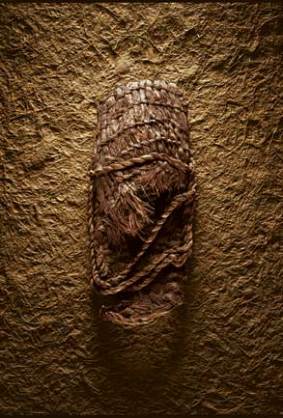After a two-hour stint of separating size 6-8 to size 9-11 socks in the shop today I got to questioning shoe sizes (amongst other things…) I pondered what people with size 8½ size feet do too, but we’ll ignore that part…
So what makes a (British) shoe size? Primarily an old, old measurement called a ‘barleycorn’. It’s about 1/3 of an inch, and measures the lasts (the big fake feet) that shoes are made around to give British shoe sizes.
A barleycorn seems a pretty odd measurement system, but, as with most antiquated things, it sits well with British tradition. We all know “the old way is the best way” really! The history behind this is as follows: before the 1300s people couldn’t get standard sized shoes and sizes varied a lot depending on the cobbler. Female readers, we all know how annoying this is whilst clothes shopping and obviously it was a state of frustration that afflicted King Edward I. In 1305 he decided he’d had enough and that accuracy needed to be employed into all trades including cobblery. So, with barleycorns being an available source and roughly measuring a third of an inch it was decided that these would be used to introduce standard sizes in shoes. As time has gone on, the barleycorn has remained in British shoe measurements (if you want more see Charles Panati’s The Browser’s Book of Beginnings, available from Amazon.)
The smallest size shoe (a child’s size 0) measures a teeny 12 barleycorns (4 inches) and goes up by a barleycorn as sizes increase – so a child’s size 1 shoe would be 13 barleycorns, size 2 = 14 barleycorns… you know the rest! Barleycorns are still used for adult shoe sizes too, but the maths behind it changes a bit. Here an adult size 1 is about 26 barleycorns and, like before, the sizes progress again in barleycorns.
A bit of ‘pub knowledge’ for you there, the benefits of shoe store ponderances! (I can now rapidly distinguish a size 6-8 from a size 9-11 sock, too – hello skills to add to my CV!)





